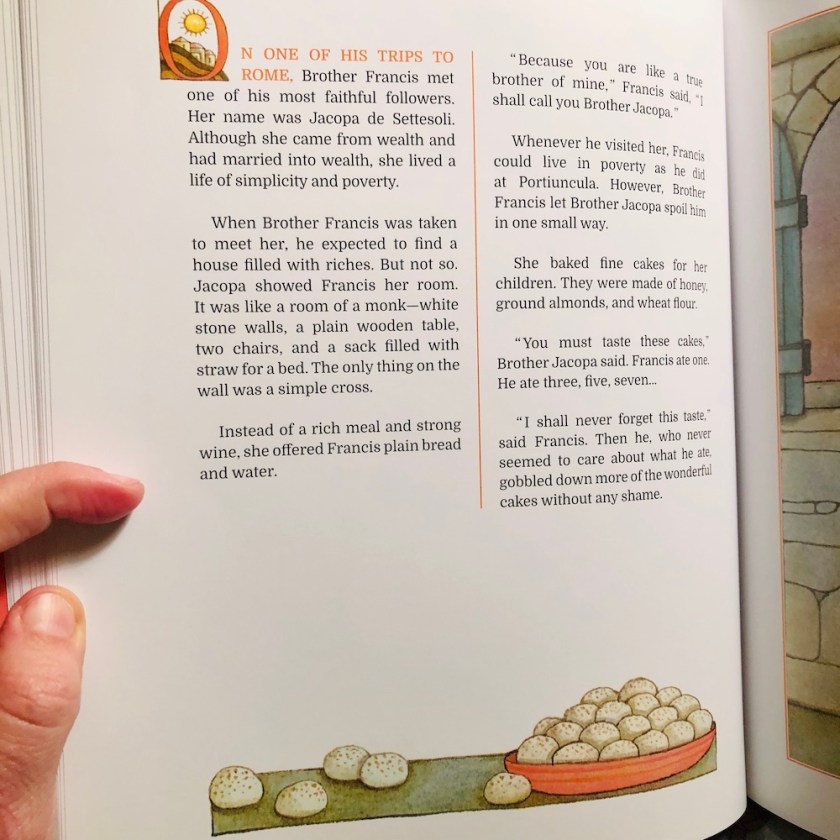Just the other day, I was thinking Mrs. Darwin needed to do an immediate book meme, and lo: It came to pass!
Here’s my current reading situation:
1. What book are you reading now?
Green Dolphin Street by Elizabeth Goudge
This book is a delight. A delight! My first book by this author, and it pulls you in instantly, with fully rounded characters, beautifully crafted sentences, and an incredibly vivid sense of place. It does have a little publisher’s note in the beginning, which would have annoyed me at one point, but which I now think is useful and balanced:
PUBLISHER’S NOTE (2015) Elizabeth Goudge’s novels present us with many rich fictional worlds. The way in which these stories are told gives us insight into Elizabeth Goudge’s own life and the culture in which she wrote. Green Dolphin Street includes many passages that display oppressive attitudes in matters of race relations and the exercise of colonial power. We believe that offering this book to readers as Elizabeth Goudge wrote it allows us to see English literary culture in 1944 in a way that would be obscured were we to alter the text. Justice must be built on truth. We are sensitive to the fact that English colonial history is a subject more difficult to approach for some than for others, and trust that readers will appreciate the chance to encounter both the fictional world of Green Dolphin Street and the voice of the novel in its original form.
I could have figured this out on my own by reading the book, but it’s helpful context if you’re going to read the book with, say, high school students who are still forming their idea of the world. Anyway, if the choice is between adding a note like this and not publishing the book at all, or worse, sanitizing it like they did with Roald Dahl, I can live with a note. Anyway, tremendous book, and I’m looking forward to reading more by Goudge.
Mort by Terry Pratchett
I think I’ve read this before, but I can’t remember if I finished it or not. It’s a Discworld book about a hapless young man, Mort, who is taken on as an apprentice by Death. Death is a wonderful, sympathetic character. Classic Pratchett: Cleverly written and conceived, likable characters, slightly insane plot, very funny with a splash of melancholy, thoughtful but not cynical. This is the fourth book in the Discworld series, but you don’t have to have read others to follow the plot.
The Body Keeps the Score by Bessel van der Kolk
Dude. I don’t know what I thought this book was going to be (probably influenced by the pop culturalization of psychology, making me halfway afraid it was gonna be some kind of “you go grrrrl, it’s not you, it’s your polyvagal nerve, so live laugh love!! Stanley cup of a book), but I’m finding it thorough, thoughtful, and captivating. Again, I only just started it, but it’s fascinating, and told vividly but with a respect for the subjects that reminds me of Oliver Sacks.
Philip Neri: The Fire of Joy by Paul Türks
This is my current Adoration read. The book was a gift from an Oratorian priest who visited last summer (or two summers ago?), who confirmed that I Prefer Heaven is a very nice movie indeed, but doesn’t actually have much in common with the actual life of Philip Neri. It’s maybe a tiny bit drier than something I would read on my own (I spoil myself with a steady diet of novels), but it moves along and is full of fascinating details not only about Neri himself, but 16th century Italy.
Did Ye Hear Mammy Died? by Séamas O’Reilly
Bought this book solely on the strength of a string of tweets by author, recounting how he got his schedule confused and ended up alone in a room with his boss and the President of Ireland while he was on ketamine. This memoir is (so far) a wonderful read that starts with the death of his mother when he was five, which left his father to raise him and his ten siblings in rural Ireland in the 90’s. Sweet, affectionate, very funny, and a little bit harrowing, as you can imagine.
1a. What is your current readaloud?
Five Children and It by E. Nesbit
Corrie (age almost 9) requested that I read this to her, but she keeps scampering away and doing other things, so I don’t know how far we’ll get. We just don’t real aloud like we used to! E. Nesbit is the author who inspired Edward Eager, the author of Half Magic (and I think I remember the characters in Half Magic speaking admiringly of E. Nesbit). It’s old fashioned enough to be interesting, but the kids are very recognizable characters, and it is a weird and satisfying story.
The Genesis of Gender by Abigail Favale
I started reading this out loud to the teenagers quite some time ago, and we keep getting overtaken by events, but I’m holding out hope that we’ll pick it up again. If people are going to cotton to popular ideas about gender fluidity, they should at least know the history of how we got here as a society. I read this myself first, and learned a lot, and enjoyed Favale’s voice. I found the final few chapters to be a tiny bit weaker than the rest, unfortunately. I think the author allowed herself a little too much sarcasm, which the rest of the book is free from. Still extremely lucid and thought-provoking overall, a reasonable read for smart high schoolers.
King Solomon’s Mines by H. Rider Haggard
Damien and I started reading this aloud to each other (taking turns with chapters) last night. It is hilarious, and insane. If any book qualifies for a publisher’s note like Green Dolphin Street got, it’s King Solomon’s Mines (the first chapter contains the word “n*gg*r,” although it’s in the context of the narrator saying he’s not going to use that word anymore). But if you can deal with some indelicacy, this is an incredibly entertaining adventure story that wastes zero time. Includes several maps depicting two mountains called “Sheba’s Breasts,” and has directions about what to do when you get to the nipple. What indeed?
2. What book did you just finish?
Madame Bovary by Gustave Flaubert
I don’t even know why I re-read this (probably just because it had all its pages, which is not a given in this disrespectful house). The characters are all so frustrating. It was gratifying to see how thoroughly Emma Bovary’s actions are repaid in the final chapters — enough to almost make me feel sorry for her, almost. I guess if you’re looking for a “classic”to read that you can zip through pretty quickly, this is a good one. The writing is great. It’s just rough when, by the end, you feel a very grudging pity for the main perpetrator, and a guilty disgust for the main victim.
3. What do you plan to read next?
Maybe something by Stephen King. I haven’t read anything by him since I was a teenager. Damien is reading Salem’s Lot and enjoying it, so I’m interested to see how it hits me now.
4. What book do you keep meaning to finish?
Kristin Lavransdatter
I know I know I know.
5. What book do you keep meaning to start?
Come as You Are by Emily Nagoski
You’d think this book would be [clears throat, straightens tie, checks the room] right up my alley, but I just haven’t started it yet.
6. What is your current reading trend?
Taking other people’s recommendations, I guess! If you have the right kind of friends, this is a solid plan.
Now your turn! Tell me what your book situation looks like. Yes, audiobooks count. Thanks to Mrs. Darwin for keeping this going.
Also, to answer your question: Graphic design is still my passion, yes.
































































